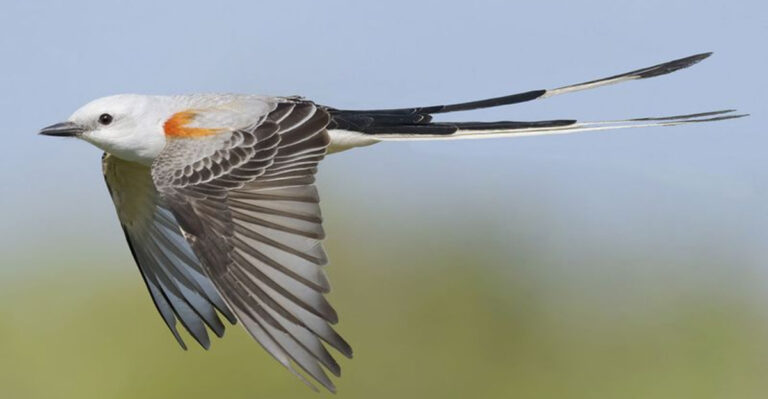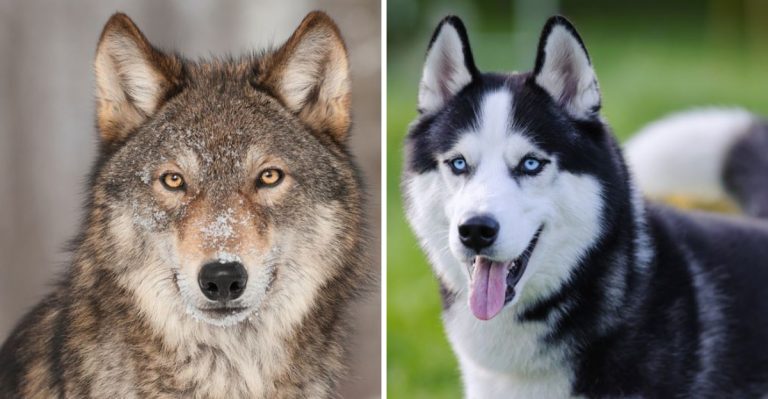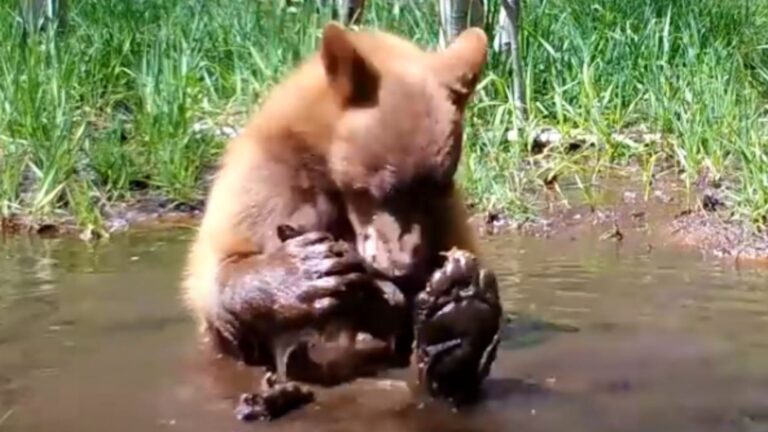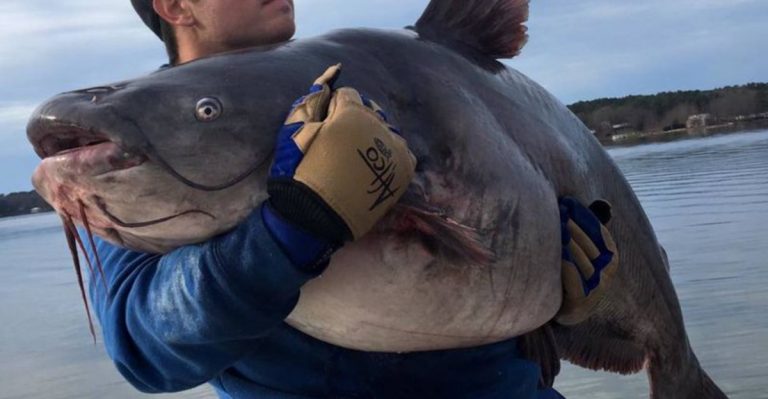11 Facts About The Rare Endangered Wolf Found Only In North Carolina
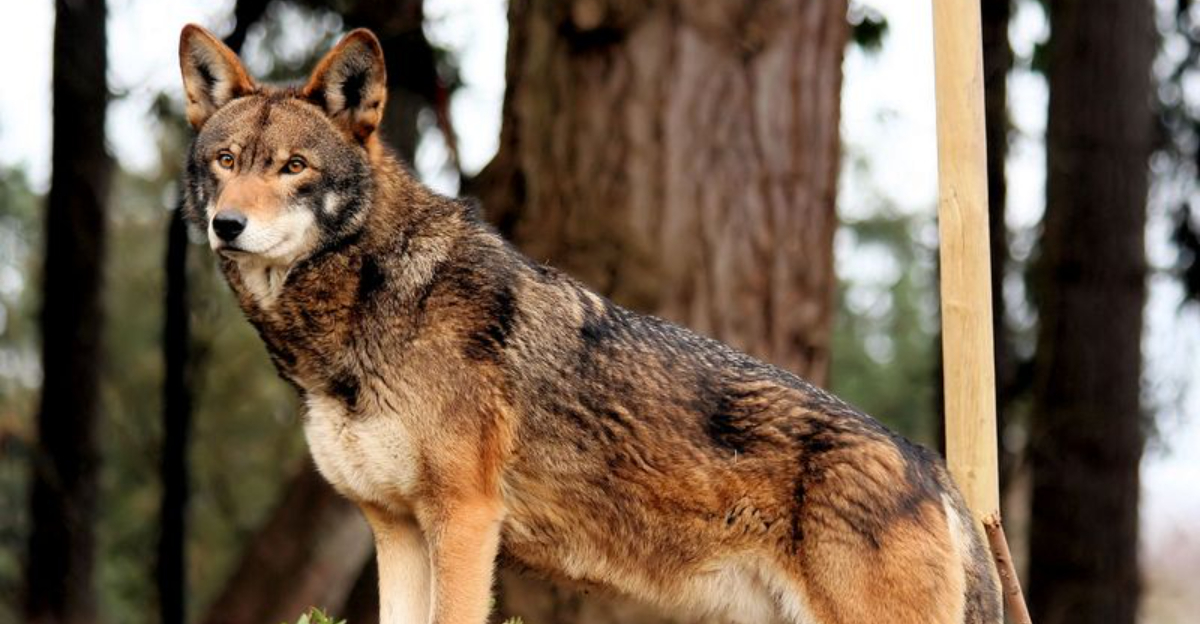
The red wolf stands at the edge of extinction, with only a tiny population surviving in eastern North Carolina. Once roaming throughout the southeastern United States, these remarkable predators now cling to existence in just a small coastal refuge.
Their story combines tragedy and hope as scientists work tirelessly to save this uniquely American species from disappearing forever.
1. America’s Most Endangered Canid
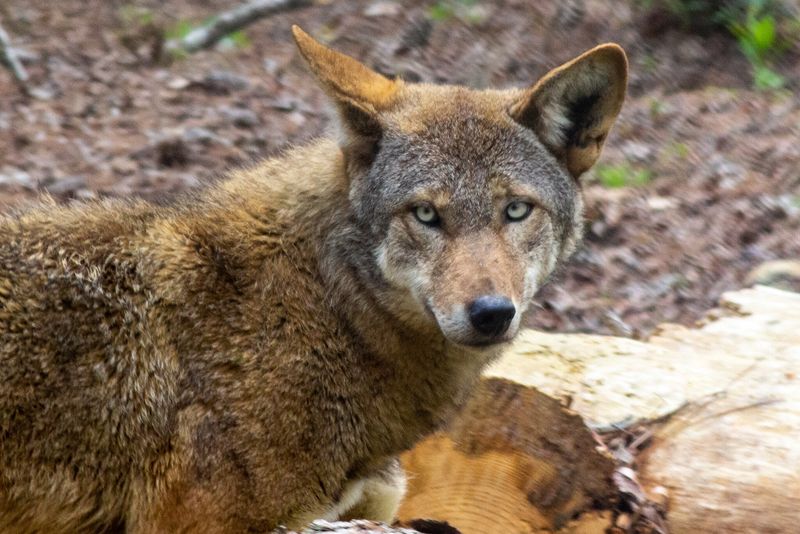
Officially known as Canis rufus, the red wolf holds the unfortunate distinction of being America’s most endangered wolf species. Their population crashed so dramatically by the 1970s that they were declared extinct in the wild.
The U.S. Fish and Wildlife Service gathered the last 14 genetically pure red wolves for an emergency breeding program. Today, they remain critically endangered, protected under the Endangered Species Act since 1973.
2. Survivors In The Coastal Wilderness
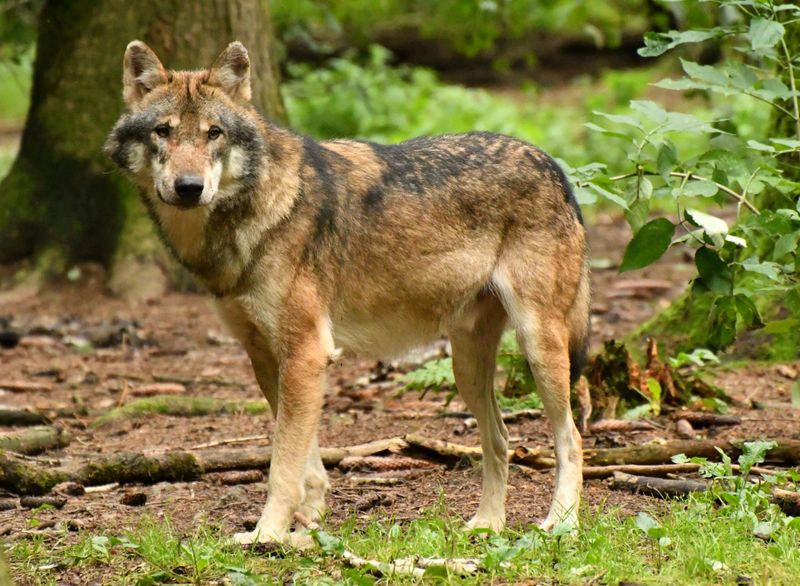
Red wolves now inhabit a wild mosaic of pocosin wetlands, agricultural fields, and pine forests on North Carolina’s Albemarle Peninsula. This 1.7-million-acre refuge spans five counties: Beaufort, Dare, Hyde, Tyrrell, and Washington.
The landscape provides a rich mix of prey and den sites. However, rising sea levels from climate change threaten this already limited habitat, presenting yet another challenge for the species’ recovery.
3. Teetering On The Brink
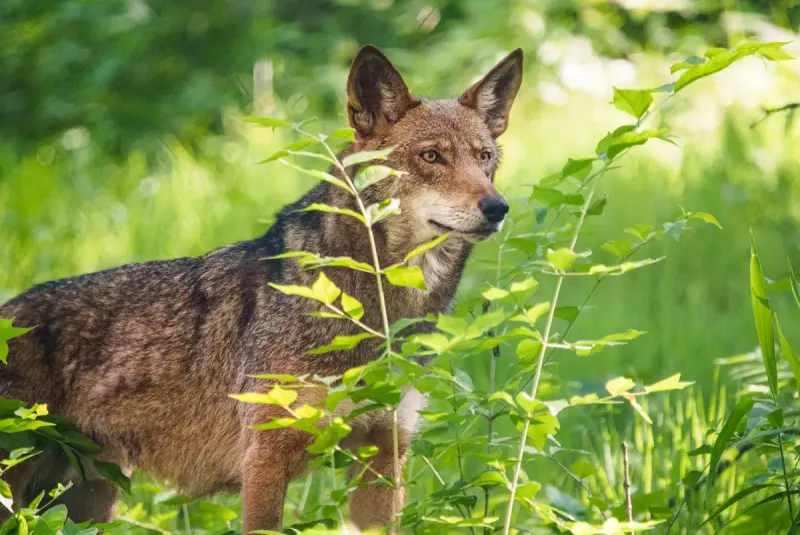
The wild red wolf population has plummeted to fewer than 20 individuals as of early 2025—a devastating decline from over 100 wolves in the early 2000s. These remaining wild wolves represent the only free-ranging population in existence.
Hope persists in captivity, where approximately 290 wolves live in 44 breeding facilities across the United States. These wolves serve as a genetic reservoir, crucial for preventing the complete extinction of the species.
4. The Middle-Sized American Wolf
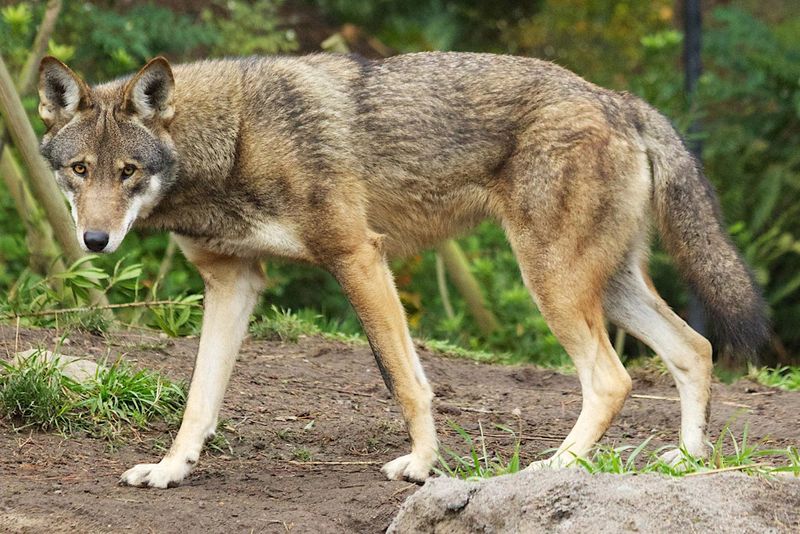
Smaller than their gray wolf cousins but larger than coyotes, red wolves occupy a unique middle ground. Adults typically weigh between 50-80 pounds and stand about 26 inches tall at the shoulder.
Their most striking feature is their cinnamon-colored coat, which can range from tawny red to almost brown, often with black-tipped fur along the spine.
Their long legs, bushy tails, and distinctive facial markings give them an elegant, wild appearance unlike any other North American canid.
5. Versatile Hunters Of The Coastal Plain
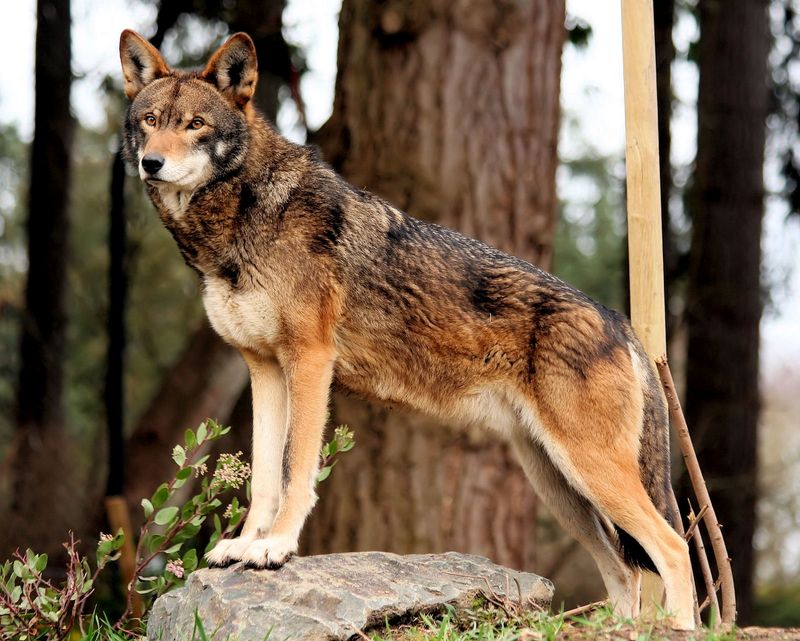
Red wolves are opportunistic predators with a surprisingly varied diet. White-tailed deer provide their primary protein source, especially during winter months, though they typically target fawns and vulnerable individuals rather than healthy adults.
Smaller mammals like raccoons, rabbits, and nutria round out their regular menu. During summer, their diet expands to include rodents, insects, and even seasonal fruits and berries, showing their remarkable adaptability to what’s available in their coastal habitat.
6. Family-Focused Breeding Patterns
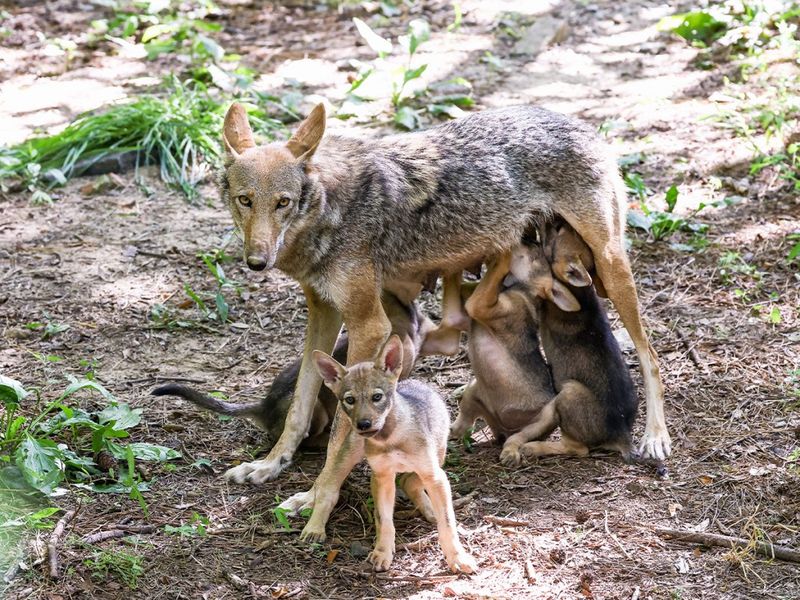
Romance blooms among red wolves during winter, with breeding pairs forming between January and March. After a relatively short pregnancy of about 60-63 days, females give birth to litters averaging 3-5 pups, though up to 12 have been documented.
Pups are born blind and helpless in carefully prepared dens. Both parents participate fully in child-rearing, regurgitating food for the young and teaching them hunting skills. This strong family bond creates tight-knit packs centered around breeding pairs.
7. Secretive Shadows Of The Night
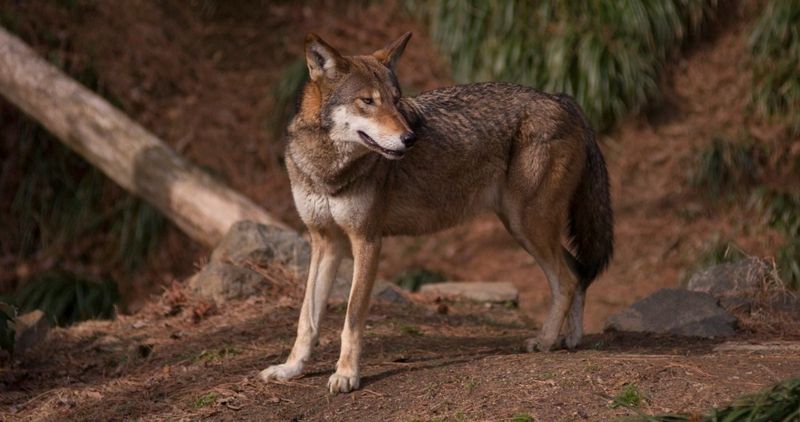
Unlike their more vocal gray wolf relatives, red wolves are notably quiet and secretive. They primarily hunt during twilight hours and through the night, using stealth rather than speed or stamina to capture prey. Pack structure revolves around a monogamous breeding pair that mates for life.
Their territories typically span 20-80 square miles, which they mark with scent and defend against intruders. Young wolves often remain with parents for 1-2 years, creating close-knit family groups.
8. Caught In A Perfect Storm
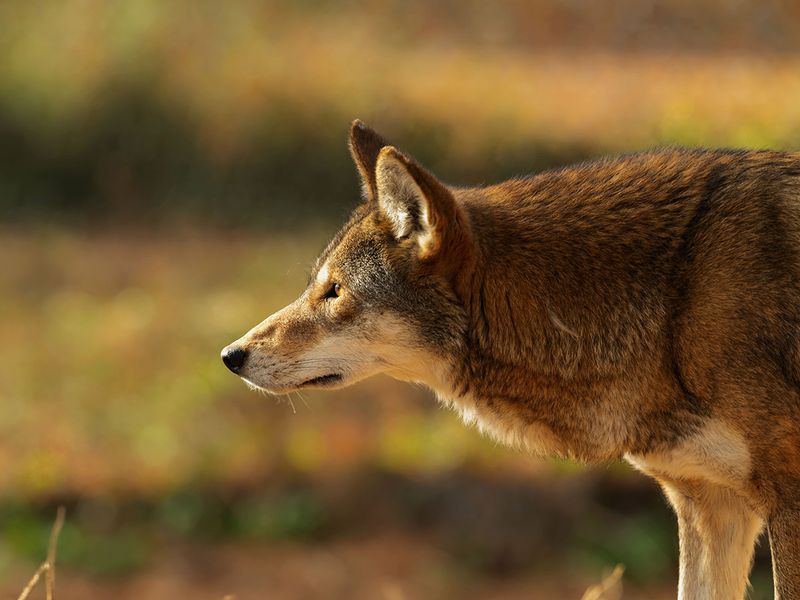
Red wolves face a lethal combination of threats that have pushed them to the brink. Vehicle collisions on rural roads claim several wolves annually, while mistaken identity shootings by hunters who confuse them with coyotes continue despite legal protections.
Perhaps most insidious is genetic dilution through hybridization with coyotes. As their population dwindled, desperate wolves began breeding with the more numerous coyotes, creating a genetic crisis that threatens their distinct identity as a species.
9. Racing Against Extinction’s Clock
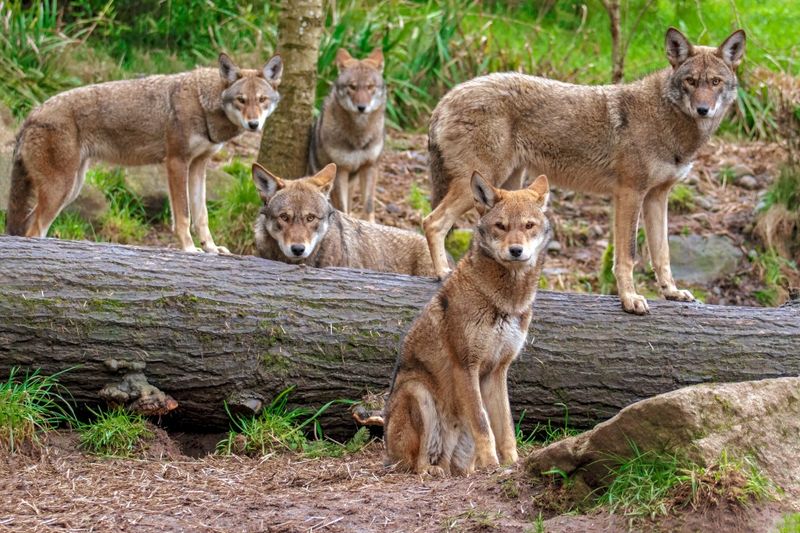
The red wolf’s salvation began in 1973 with a desperate gamble: capturing the last wild wolves before they disappeared forever. By 1980, a successful breeding program had produced enough wolves to attempt something unprecedented – returning an extinct-in-the-wild species to its former range.
In 1987, the first captive-bred wolves were released into eastern North Carolina. The program initially succeeded, with the wild population growing to over 100 wolves by 2012, before political and management challenges led to recent declines.
10. Sacred In Cherokee Tradition
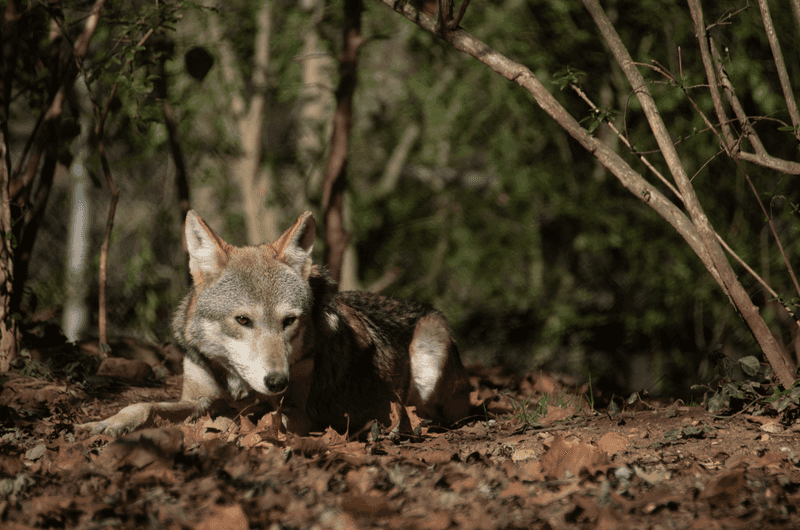
Long before scientific classification, red wolves held spiritual importance for the Cherokee people. Known as wa’ya in their language, these wolves were considered sacred companions to Kana’ti, the mythological hunter deity who provided game for the people.
Cherokee stories describe wolves as teachers of hunting skills and family loyalty. This cultural reverence stands in stark contrast to European settlers’ views of wolves as vermin to be exterminated—a mindset that nearly erased red wolves from existence.
11. Glimmers Of Hope Amid Crisis
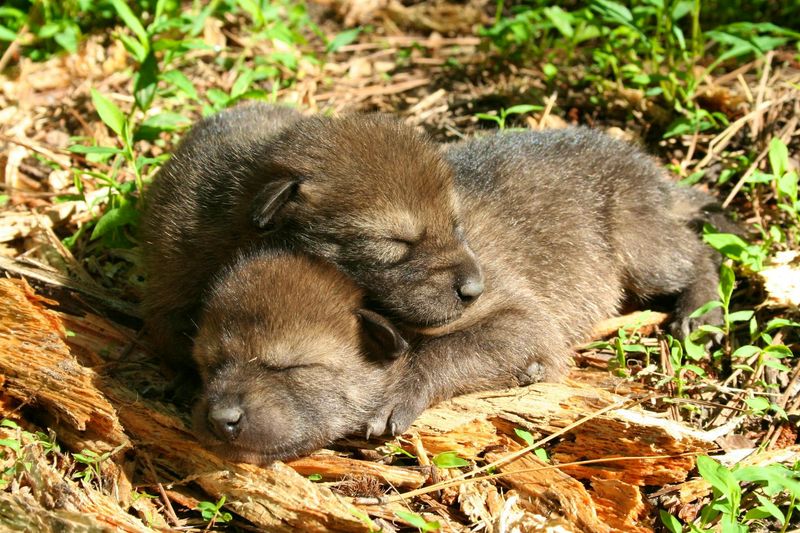
Spring 2022 brought rare good news when wildlife biologists confirmed a wild litter of six red wolf pups—the first documented wild births since 2018. Each new birth represents precious genetic diversity for this critically endangered population.
Meanwhile, a federal court ruling in 2021 strengthened protections for the species, temporarily halting a plan to shrink their recovery area. Despite these positive steps, the red wolf’s future remains precarious, with fewer than 20 known individuals still roaming free.


